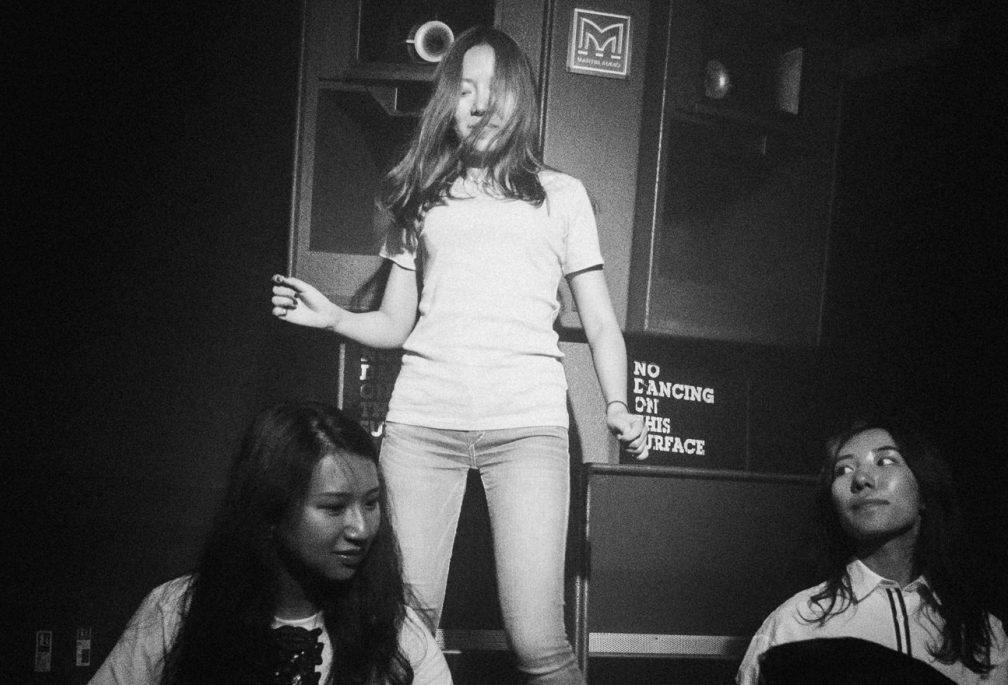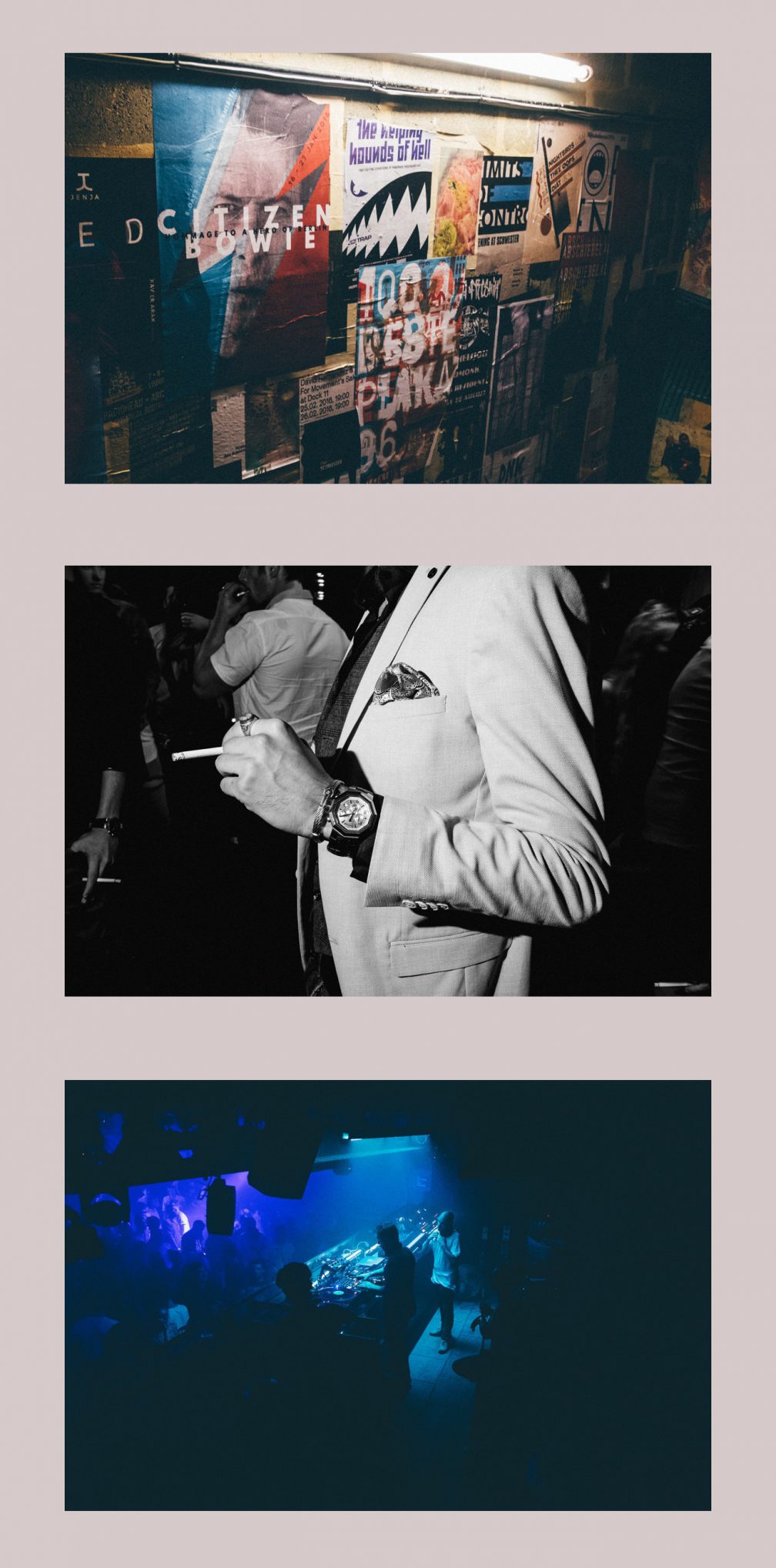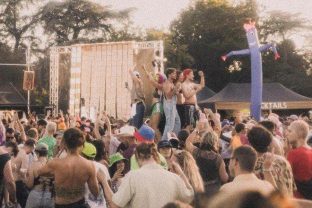 Culture
Culture
Still Standing: Ministry of Sound at 25
The London club is still going strong as it reaches a quarter century

The club’s return to its housey roots seems dramatic, but in reality, “like a supertanker, we’ve been quietly turning around for the last 18 months,” says Tim. Despite a renewed surge in appeal, though, there was outrage in July at the launch of Ministry’s new logo, which swapped the classic portcullis design for something more abstract and contemporary. Ministry’s staff were unflustered. “To start with, it’s not a replacement. It’s just a logo that sits beside the existing one. We put the DJs’ graphics in the middle of it. Secondly, most of the people who complained don’t even go to the venue regularly,” Nikki shrugs. Still, the hubbub demonstrated that even those people feel a sense of ownership of the club.
We’re back on the main floor. It’s around 3am. The Box has become progressively more jammed and tribes take up their districts: black T-shirts to the back, inflatables front left, the exchange student crowd in the VIP, and the mid-20s to mid-40s seasoned ravers centre front.
Did it feel like a big deal for the DJs to play the 25th anniversary? Bonar of PBR Streetgang looks at us like we’re an idiot. He’s wearing a traditional sikh wise man’s hat, and has a spandex clad tour manager. “Playing at Ministry is always an honour. This place is such a fundamental part of our history. It’s part of the electronic music landscape.”
Ministry is 25, and alive. The Haçienda made it 15 years; Fabric, given the doomsday scenario of a failed appeal, 17. Clubbers of this generation mostly regard Berghain as their Mecca, and that’s been going a mere 12. When Ministry was born, Ibiza was still a niche, cutting-edge location and Croatia was still part of Yugoslavia.
It was the first club to directly address the mainstream. To build an online brand, a franchise, a radio and mix series, and a string of associated labels when no case studies, no best practices existed. The first to try and walk that line between underground and commercially successful that arguably no club, two and a half decades later, has yet perfected.
“Fifteen years ago it was all about superclubs. Today, it’s all about warehouse parties and pop-ups. But it’s cyclical,” reflects Nikki. Indeed it is. It’s slowly dawning on an increasing number of clubbers that for all their nostalgia, buying tickets to party for six hours in a draughty multi-storey car park may not be particularly anarchic after all. Ministry of Sound’s eternal battle with developers, and the fact that it’s been around for 25 years, weathered multiple recessions and remains unashamedly a big, shiny, 90s-style superclub, not only puts it centre stage in London’s clubbing landscape but also means that these days, perhaps its ongoing existence is the biggest subversion of them all.



